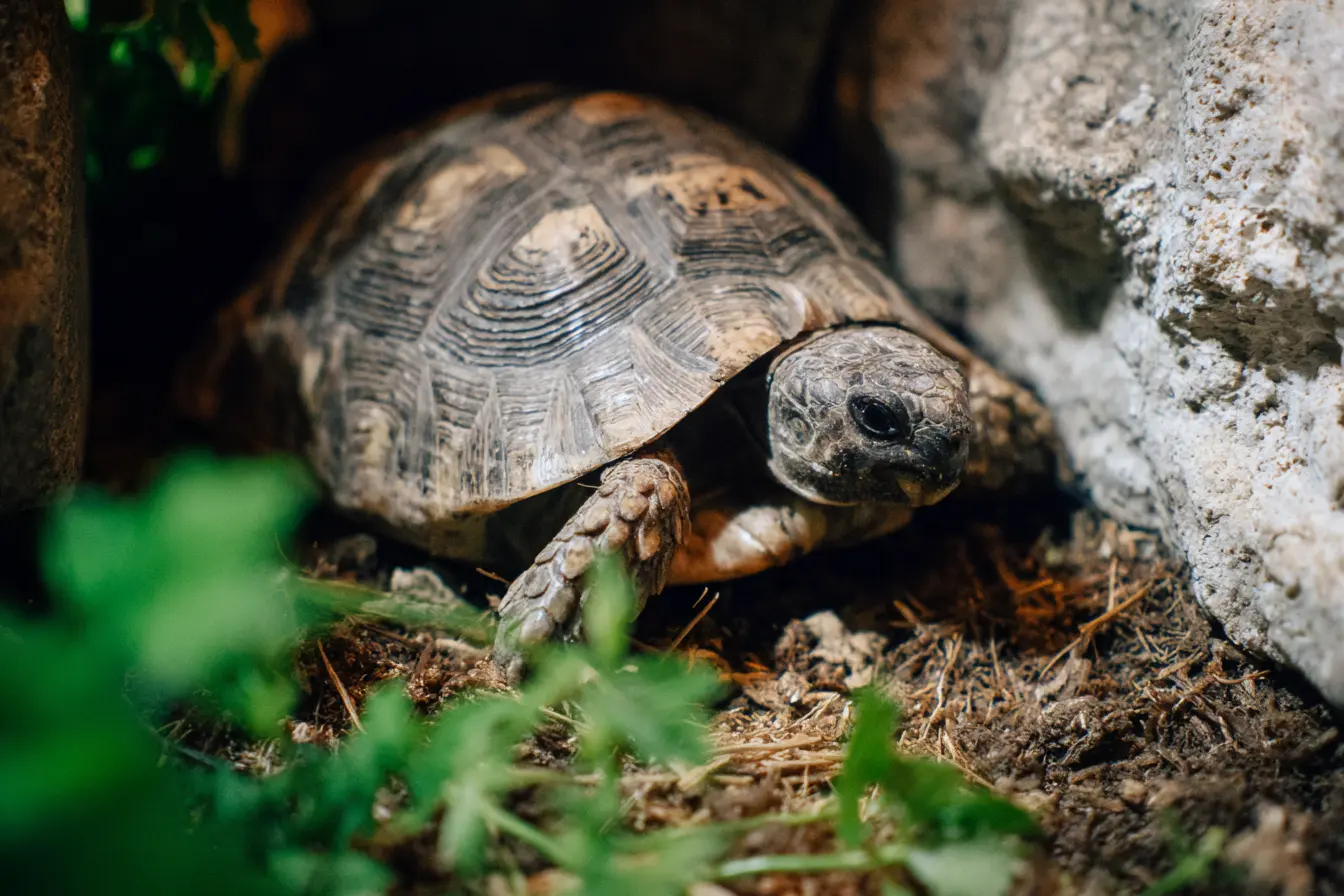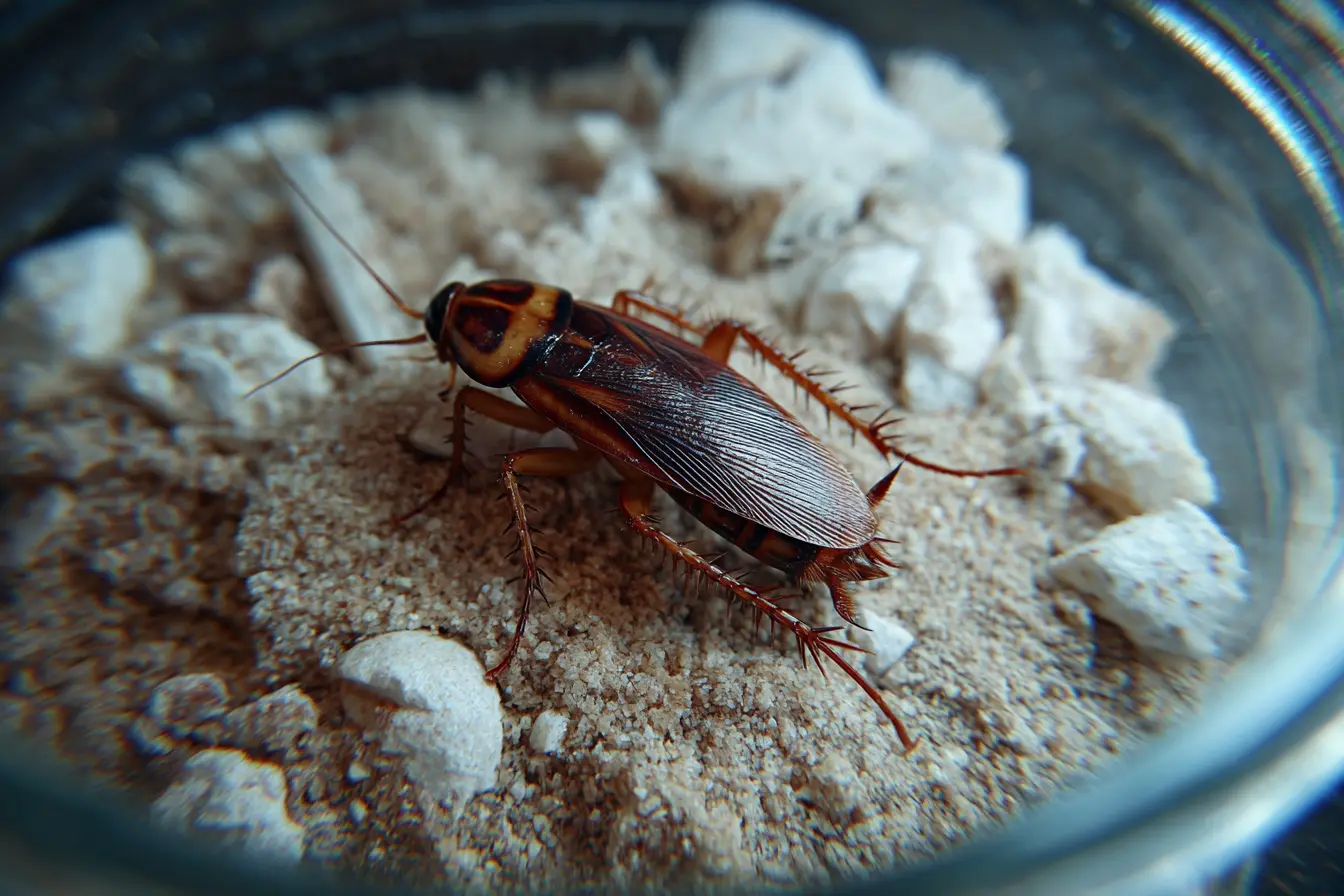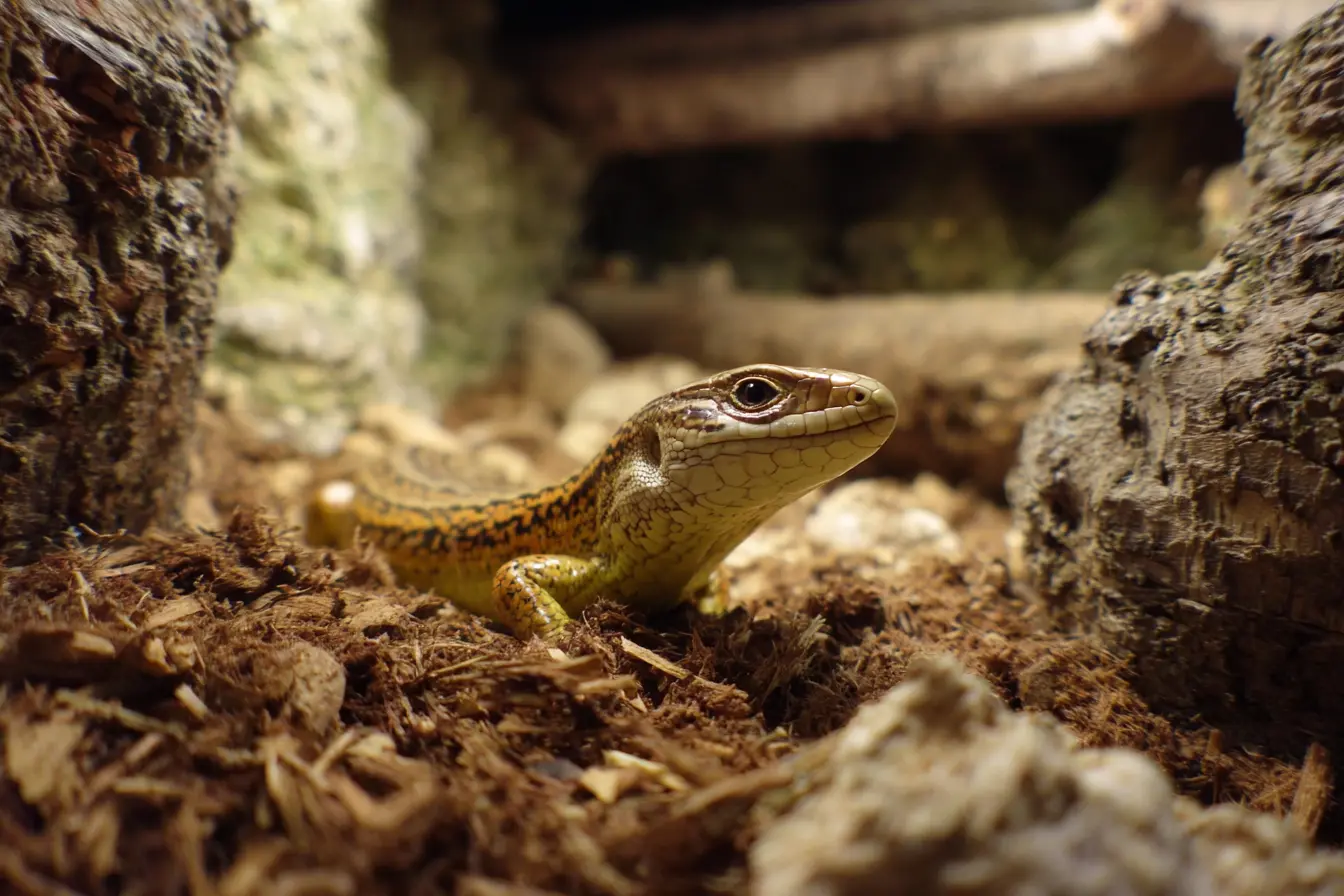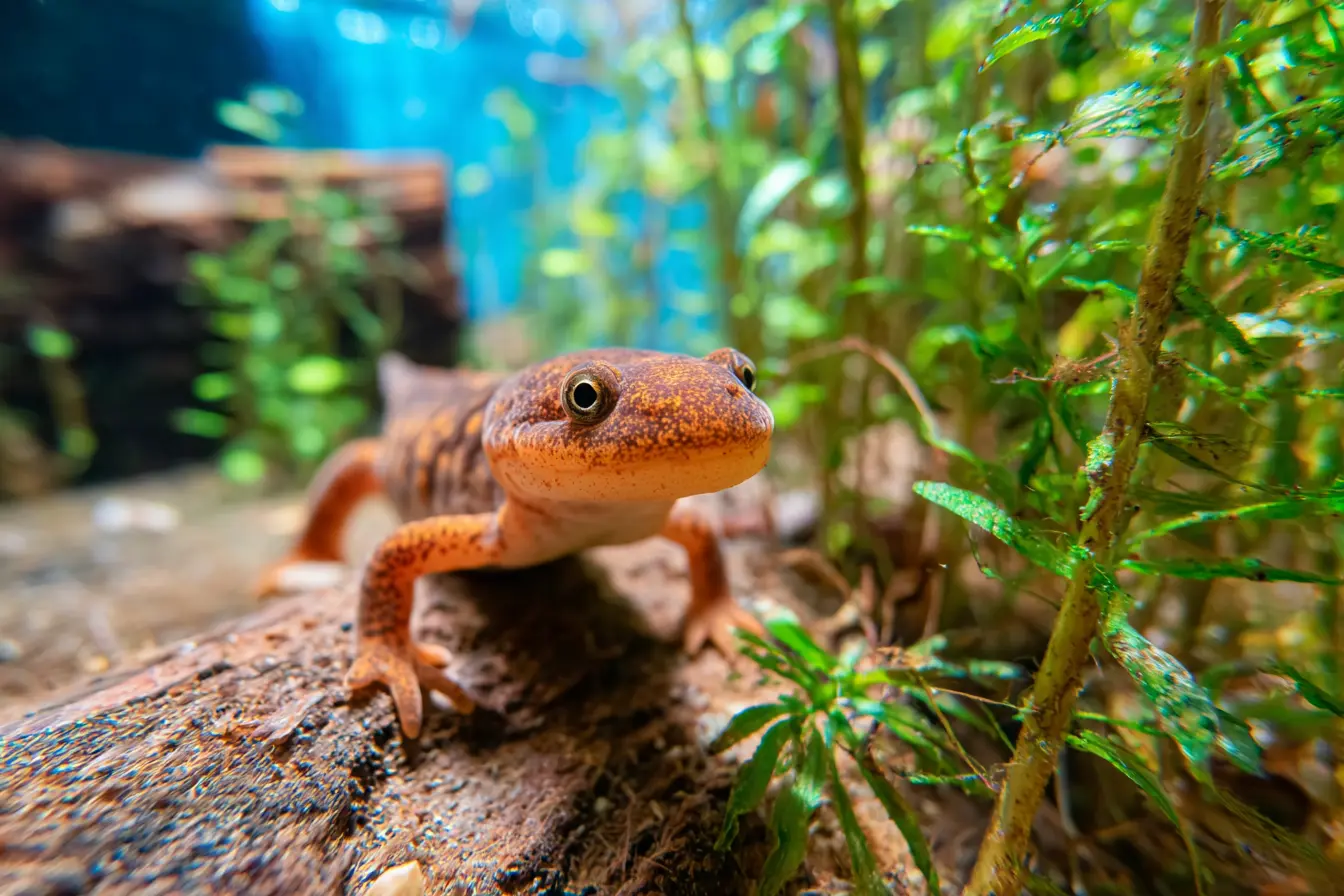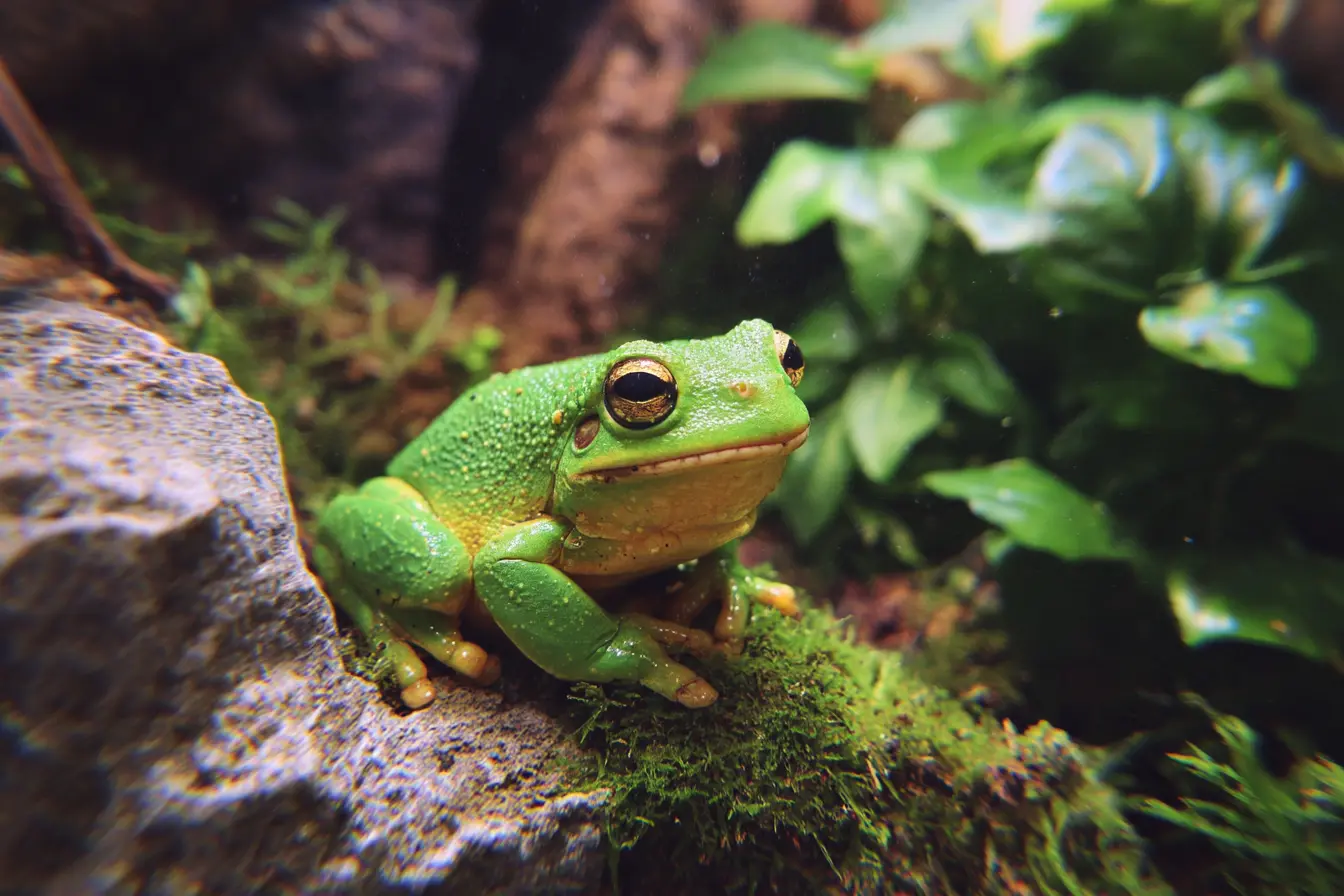
The Complete Guide to Caring for a Green Tree Frog
The green tree frog (Hyla cinerea) is a charming, easy-to-care-for amphibian that’s perfect for both beginner and experienced keepers. With its bright green colour, expressive golden eyes, and soothing evening croaks, this species is a favourite in naturalistic terrarium setups.
This guide will walk you through all the essentials of green tree frog care, from housing and feeding to health and handling.
Introduction to the Green Tree Frog
Native to the southeastern United States, the green tree frog is a small, arboreal amphibian that thrives in warm, humid environments. They are typically bright green with a pale cream or yellow stripe down each side and can change colour slightly depending on mood, temperature, and humidity.
They’re active at night, spending most of their time climbing and perching on plants and enclosure walls. In captivity, they usually grow to about 4–6 cm (1.5–2.5 inches) and can live for 6–10 years.
Is a Green Tree Frog the Right Pet for You?
Before getting a green tree frog, consider the following:
- They are nocturnal and most active during the evening and night
- They are display animals and don’t enjoy being handled
- They thrive in vertically oriented, humid enclosures
- They’re ideal for naturalistic and bioactive terrariums
- They are relatively easy to care for with basic equipment
If you’re looking for a small, low-maintenance amphibian to observe rather than interact with directly, the green tree frog is an excellent choice.
Housing Your Green Tree Frog
Enclosure Size and Setup
Green tree frogs are arboreal and need a tall tank to climb and explore. A 45 x 45 x 60 cm (18 x 18 x 24 inch) terrarium is suitable for 2–3 frogs. A secure mesh lid is essential to allow for ventilation and to prevent escape.
Key enclosure elements:
- Branches, cork bark, and vines for climbing
- Leafy live or artificial plants for cover
- Hiding spots near the top and bottom of the enclosure
- Smooth, easy-to-clean walls and decor
Substrate options:
- Coconut fibre
- Sphagnum moss
- ABG mix for bioactive setups
- Paper towels (for simple or quarantine enclosures)
Maintain a clean and humid environment at all times.
Lighting and Temperature
Green tree frogs are ectothermic and require a stable temperature range:
- Daytime temperature: 24–28°C (75–82°F)
- Nighttime temperature: 20–24°C (68–75°F)
- Use a low-wattage heat bulb or ceramic heater if needed
- UVB lighting (2.0–5.0) is optional but beneficial, especially in planted setups
- Provide a 12-hour light cycle to mimic natural day and night rhythms
Avoid overheating the enclosure, especially in small tanks.
Humidity and Water
Humidity is critical for a healthy green tree frog:
- Maintain humidity levels around 50–70%
- Mist the enclosure at least once daily, preferably in the evening
- Use a hygrometer to monitor levels
- Include a shallow water dish with dechlorinated water
- Change water daily and clean the dish regularly
You can also provide a gentle rain or fogging system for more naturalistic conditions.
Feeding Your Green Tree Frog
Green tree frogs are insectivores and eat a variety of live prey. They are ambush predators and will patiently wait to strike moving insects.
Recommended foods:
- Crickets (gut-loaded)
- Black soldier fly larvae
- Small dubia roaches
- Calciworms
- Flightless fruit flies (for juveniles)
- Waxworms (treat only)
Supplement with:
- Calcium powder (with D3) 2–3 times per week
- Multivitamin once per week
Feed adults every 2–3 days and juveniles daily. Remove uneaten insects after a few hours.
Handling and Behaviour
Green tree frogs should not be handled frequently. Their skin is very sensitive and can absorb oils, soaps, and other contaminants from your hands.
If handling is necessary:
- Wash your hands with warm water only and rinse thoroughly
- Or wear moistened, powder-free gloves
- Handle gently and briefly to avoid stress
These frogs are best enjoyed through observation. They are particularly entertaining to watch at night when active and vocal.
Common Health Issues
Green tree frogs are generally hardy, but poor husbandry can lead to illness.
Watch for signs of:
- Red or raw skin (infection or injury)
- Refusing food (stress, illness, or improper conditions)
- Lethargy or bloating
- Discolouration or shedding problems
- Unusual vocalisations or erratic movement
Maintain good hygiene, proper humidity, and a balanced diet to prevent problems. Consult an exotics vet if symptoms persist.
Breeding Green Tree Frogs
Breeding in captivity is possible with the right conditions:
- Increase misting and simulate a rainy season
- Males will call more frequently when ready to breed
- Females lay eggs on leaves or glass near water
- Tadpoles hatch in 3–7 days and should be transferred to a separate tank
- Feed tadpoles algae wafers, spirulina powder, or specialised tadpole food
Breeding requires a group of healthy adults and attention to seasonal triggers.
Where to Get a Green Tree Frog
Choose captive-bred frogs from a reputable breeder or exotic pet specialist. Wild-caught frogs are more likely to carry parasites and suffer stress in captivity.
Look for:
- Bright, alert eyes
- Clean, smooth skin with good colour
- Active behaviour, especially in the evening
- A well-fed but not bloated appearance
Avoid frogs that seem lethargic or have visible injuries.
Final Thoughts
Green tree frogs are delightful, low-maintenance amphibians perfect for naturalistic enclosures. With their endearing looks, chirping calls, and peaceful nature, they make a great addition to any indoor vivarium.
As long as their environment is properly set up and their needs are met, these frogs will reward you with years of quiet enjoyment and natural beauty.
Contents
Tags
Vets near you
Speciality vets
- Aquatics vet specialists
- Birds vet specialists
- Camelids vet specialists
- Cats vet specialists
- Cattle vet specialists
- Deer vet specialists
- Dogs vet specialists
- Equines vet specialists
- Exotic vet specialists
- Goats vet specialists
- Pigs vet specialists
- Poultry vet specialists
- Sheep vet specialists
- Small Mammals vet specialists
- Wild vet specialists
